Australia will invest in new long-range strike capabilities to “maintain regional security and deter or respond to aggression in the Indo-Pacific”, as part of the 2020 Defence Strategic Update and Force Structure Plan.
“The challenges and changing nature in the Indo-Pacific have meant we need a new approach and one that actively seeks to deter actions that are against our interests,” the Australian Prime Minister said.
“These new capabilities will provide a strong credible deterrent in our region that will help provide the stability and security we need. We are committed to peace and stability in the region, and an open, inclusive, prosperous and sovereign Indo-Pacific.”
Australia has made the decision to acquire the AGM-158C Long Range Anti-Ship Missile (LRASM), from the United States Navy, at an estimated cost of around $800 million.
“The new missile is a significant upgrade from our current AGM-84 air-launched Harpoon anti-ship missile, which was introduced in the early 1980s, with a range of 124 kilometres. The LRASM has a range in excess of 370 kilometres. LRASM will initially be used on the F/A-18F Super Hornets and has the flexibility to be integrated onto other Defence aircraft. Training on the weapon system is set to commence in 2021.
LRASM will be another fifth-generation capability added to the Air Force inventory to protect Australia’s maritime region, including our sea lines of communication and helping ensure regional maritime security. This is the first in a long-term plan to procure advanced longer-range strike weapon systems for our combat aircraft to allow Air Force to operate at greater range and avoid increasingly sophisticated air defences.”
To enhance the strike capability of the ADF across all domains, the Government say it has also put in place plans to invest in:
— advanced naval strike capabilities, including long-range anti-ship and land strike weapons;
— the acquisition of long-range rocket artillery and missile systems to give the Army an operational strike capability; and
— the development, test and evaluation of high-speed long-range strike, including hypersonic weapons.


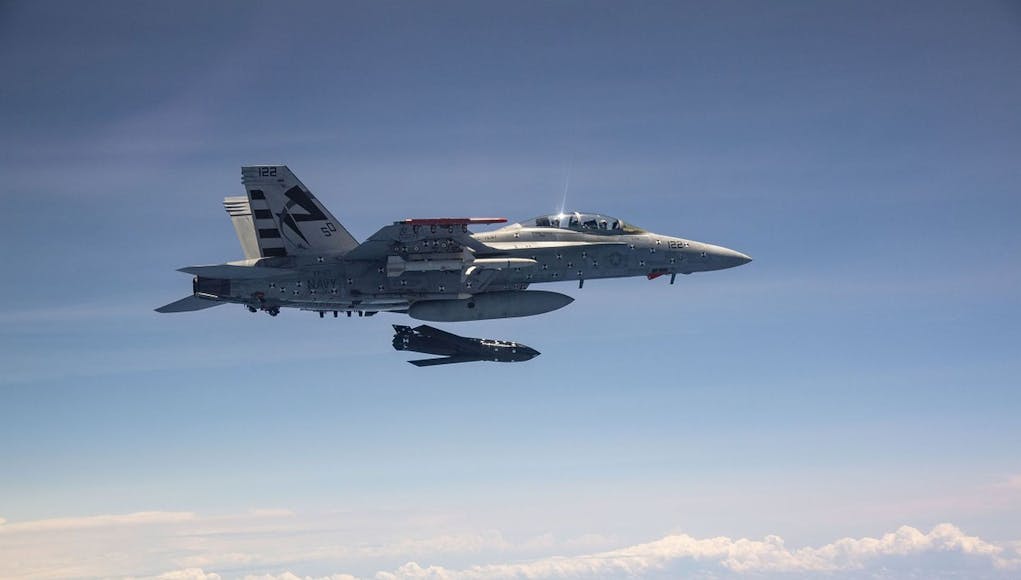

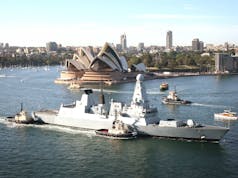
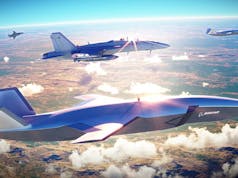
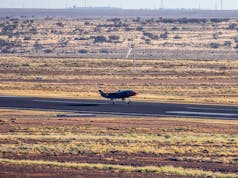
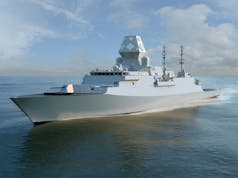
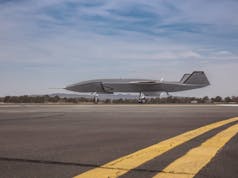



Will add a longer range maritime strike capability to complement the JASSM AGM 158A land strike cruise missile already in service with RAAF.
The LRASM is based on the JASSM which should make integration into the RAAF’s order of battle relatively easy.
The RAAF declared FOC for the JASSM in May 2014.
Taking your defence seriously then? Well done Oz! Do you think you’ll end up putting these into the MK41 VLS on your Hunter class?
Their upcoming subs too.
Cheers!
And their P8s
That’s an interesting question. The short answer is almost certainly yes for both Hobart and Hunter class.
Whether it is to be VLS launched or canister launched (or both) may depend how the USN implements use across the fleet. There is a lot of deck space devoted to Harpoon canister launchers which navies will still want to utilise which is why a canister launcher is under development.
A torpedo tube launched version is also mooted which would provide some interesting options for both the RAN’s Collins and Attack class boats.
But it does have a competitor with the Konesberg/Raytheon Naval Strike Missile (NSM) for the RAN’s Harpoon replacement.
Australia has some skin in the game with the NSM’s sister missile the air launched Joint Strike Missile (JSM) having funded an enhanced missile seeker jointly with Konesberg for the RAAF’s F35As.
I suspect the RAAF will ultimately field both LRASM and JSM depending on the mission, the latter when internal carriage for stealth is required.
Given that the JSM has a smaller warhead and shorter range having both options to provide different ‘horses for courses’ makes sense.
BTW the RAAF order for LRASM is for up to 200 missiles.
The USN is already fitting the NSM to its Littoral Combat Ships and its a live option for the RAN to up gun it’s Arafura class OPVs. The Lurssen design also used by Brunei has space for 4 canister launched ASMs just forward of the funnel.
In theory the initial buy of the LRASM for the USN was supposed to be an interim solution with a competition to be held to decide the USN’s long term Harpoon replacement.
Whether that is still to go ahead may be uncertain but I’d bet Raytheon will be pushing hard since Harpoon is a significant part of their business they won’t want to give up to Lockheed Martin.
So it will be interesting to see how the Harpoon replacement plays out for the USN as it will have ramifications for allied navies too.
The RAN may ultimately end up with a mix of both types in service.
Tidy little navy you’re building down there.
Cheers
They need it mate, China is getting a bit too big for their boots.
Amazing! While the U.K. still faffs around wondering what it wants. And no plans for an ASuW missile to be fired from F35B. Well done & good luck Oz
While the press release headlines are primarily focused on the LRASM procurement, the part of the announcement that is almost a footnote is also just as significant for the quantum leap it will bring to other parts of the ADF,
The long range missile artillery refereed to in the release will almost certainly be the HIMARS system. The US Marines demonstrated HIMARS on Australian soil during the last Talisman Sabre exercise.
By all accounts the Army were suitably impressed and the USMC left the launchers in the country for some initial training and further demonstration of the system.
HIMARS could meet the Australian Army’s Project LAND 8113 Long-Range Fires requirement very nicely. HIMARS is already in service in the region with Singapore.
Despite the 300km practical limitation on range imposed by the Missile Technology Control Regime (MTCR), to which Australia is currently a signatory, new missiles are being developed for HIMARS with 500 km+ range.
The release also signaled further investment in hypersonic missile technology development. The HyShot and HyFire technology demonstrator programs, led by the University of Queensland in Brisbane and now in partnership with DARPA in the US, have had some early breakthrough success with developing a sovereign Australian capability in this field.
Together they represent an increasingly pragmatic approach to understanding the developing strategic threat to Australia and the need to implement our own long range strike capabilities necessitated by increasingly unpredictable and unreliable allies.
Australia may soon find itself standing alone in an environment not too dissimilar to the UK in the late 1930s. In which case we are going to need access to all the missile technology we can get our hands on.
Himars has also demonstrated that it can be fired from a ship. The USS Anchorage LPD did a trial in the Pacific with a Himars truck chained to its helideck. I think the Australians would have taken notice of this.
I have always thought that a general purpose frigate, LPD etc should have a MRLS as a NGFS option. Especially as today it has the range and accuracy that complements a gun system. Perhaps having a shipborne MRLS also mitigate the risk from shore based anti-ship missiles?
https://www.military.com/video/awesome-view-of-marines-testing-himars-from-an-amphib/5664869221001
Cheers!
There are only a few countries that the U.S. will never allow to go down and Oz is one of them. Too valuable as an ally, it’s location, and common heritage. If Australia is lost to a hostile country without U.S. aid then Rome will indeed fallen. Having said that, it’s all too possible for political decision making to pare down the capabilities of the U.S. military to the point that it would be difficult to successfully defend the Austal region.
With that in mind I think it’s imperative that countries in the area build up their own defenses and cement regional military alliances. Japan, New Zealand, Singapore, Taiwan, The P.I would all be candidates for a regional defense pact that has an eye to shouldering their more of their own defenses in the event that the U.S. military can no longer provide a massive umbrella for them. The protest of some Kiwis that they don’t have anything to defend against is hogwash. They could provide joint forces and funding with the ADF to provide for their own national sovereignty.
The world is going to be very different place by the end of this decade. Nations and their militaries that rely too much on the status quo for the way they view the world and plan for defense had better change and quick IMHO…
Cheers
Fitting missiles forward of the funnel is tight. What about the mission bay aft.
Well Richard……you are correct on this. We need to bin the ancient Harpoon and choose between the 2 missile systems and if it was my choice, I’d go for the NSM. “Why?” I hear you all ask…..because it’s better and would suit and meet all our requirements but I think that we will go with the LRASM because the US is our friend, apparently.
Thanks Steve. I believe the latest version of NSM has an advanced data link and a controllable throttle. Time and direction of arrival can be coordinated in flight. That coupled to its imaging EO seeker and stealthy shape makes it similar to LRASM. It lacks the big bang and range though. Have you also looked at Gungir, the RBS15 MkIV?
To be honest mate, the NSM is a decent option but I fear that because it’s direct competitor (the LRASM and even the JASM actually ) is US designed and built, the Pentagon will more than likely pressurise it’s so called ‘Allies’ to buy their offering. It’s not the first time that they’ve done it and it won’t be the last either.
The way I see it is that the equally good NSM project will suffer because of political pressure from Washington……and that’s a shame. It’ll be interesting to see which way my Country, Great Britain, will go. We currently have the fairly decent but bordering on outdated Harpoon and obviously we need the Royal Navy’s ASM capability upgraded to meet the ever changing threats that they will face. We’ll see…….
Getting very friendly with India as well, for the obvious reason.
God forbid our Island nation should get the same sort of capability…
So Much for gifting the Kiwis the some F-18F’s guess were keeping them along with the Growlers , which makes those extra 24 F-35’s not necessary so why is the Government still committed to 100 F-35’s ?
Easy answer = China.
Not committed, Optioned up to 100. Only 72 are firm commitments. Decision on the SH is expected around late 2020’s with $4.5 – $6.6 billion budgeted though likely to be more F-35’s also included is a replacement program for the Growlers starting just before 2030 with $7.6 to $11.4 billion budgeted.
https://www.defence.gov.au/strategicupdate-2020/
This article quite literally only touches the tip of what is being put forward over the coming decade alone. Between setting up a sonar sensor net, Investing and acquiring hypersonic weapons, expanding and improving on an ISR capability that is already world class, Hell even allowed budget to start evaluating a replacement for the F-35 in the late 2030’s.